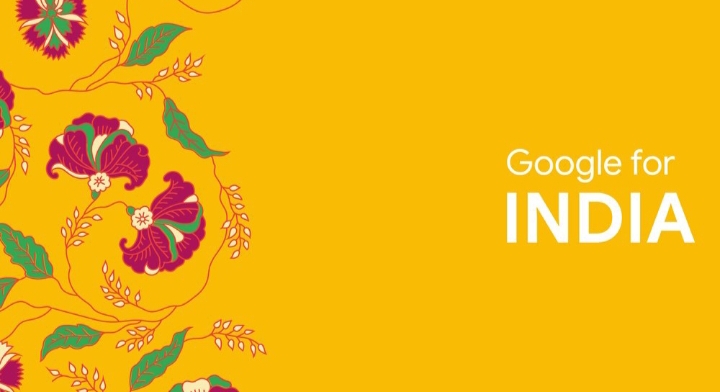At its annual Google for India event – the 8th edition – Google announced a plethora of AI-powered feature updates, tailored specifically tailored for the Indian market. These include bolstering its Search capabilities with AI (making it easier for users to search with more than just a text query), integration of Digilocker with Files, and more.
Without further ado, let us delve deeper into the announcements made by Google CEO Sundar Pichai and other company executives at its annual event.
1. Multisearch becomes available
Google’s search engine is one of the most widely used ones in the modern era, so it is hardly surprising that Google is bolstering it. For one, it is introducing Multisearch – a new, innovative way for users to integrate images in their search queries and move beyond simply typing what you are looking for. Currently available in English in India, Multisearch will soon be available in a number of Indian languages – starting with Hindi – once the new year comes around.
With Multisearch, users can use images saved in their devices, Google Lens, or their phone camera to take a picture, and then adding a text query to further fine-tune their search. Google is also making it possible to search with and in videos on YouTube. In case of a long clip, it is cumbersome to find what you are specifically looking for, and often time-consuming. Google is mending that by enabling users to avail the “Search in video” feature, type what they are looking for, and searching for them.
2. More love for more languages
Google continues to stretch beyond English and bring more languages into the fold, and now, it is looking to further diversify its Search results page with additional languages. At the event, Google announces that it is making the Search results page bilingual for users to utilise effective combinations of multiple languages to gain a better experience for their Search experiences.
This comes courtesy of Google’s advanced ML-based translation models and a “cross-language search technology,” the company said. While English remains the first language for Search results, Hindi will now be the second language, and will show search results in Hindi alongside their English counterparts. This works even if you search in English, and going forward, Google aims to expand the languages to include Tamil, Telugu, Marathi, and Bengali by next year. This feature will be a useful one, especially in a multilingual country like India, and if you’re in a region where Hindi is a dominant language, then it will automatically show you a multilingual search results page.
3. Queries in multiple languages
When it comes to Search results, users often choose to voice their queries instead of typing them. Google’s continued investment in multiple languages has yielded fruit, and the company is now addressing this issue with giving Voice Search the ability to understand queries in mixed languages.
Hinglish – a combo of Hindi and English – is commonly spoken by Indians, and now, Google announced a new voice recognition technology to understand and address queries in Hinglish. With the help of a new neural-network-inspired speech recognition algorithm that takes into account your accent, surrounding sounds, context, and speaking styles, Google will allow you to voice your queries in Hinglish and address them.
4. Project Relate
With Project Relate, Google is working to bring non-standard speech into the fold and address the concerns of those who have non-standard speech patterns. Currently, it is in pilot with English users in India, and it plans to expand it to Hindi users early next year and make speech-recognition-reliant tech such as Google Assistant accessible to a wider user base.
5. Digilocker and Files come together
In today’s world, privacy concerns are on the rise, and it is unsafe to keep sensitive information such as Aadhaar, PAN cards, and driver’s licenses on an unlocked smartphone. Now, Google announced that it is ramping up protection for your digital documents by teaming up with the National eGovernance Division (NeGD). This partnership will bring Digilocker and Files closer, enabling users to access their digital documents directly from the Files by Google app on Android. The timeline for the same was not announced by Google, and the company refrained from mentioning whether it will come to iOS as well.
Once your digital documents are stored in Files, they can only be accessed using a unique lockscreen authentication, Google said. The company added that it will use a custom AI model in order to “scan for and identify key documents from across your phone, which then uses our proven OCR technology and machine learning models to recognize relevant text and collate this important information into a quick and simple view.”
6. More security for Google Pay
Google Pay, which is one of the widely used avenues for online payments today, celebrates its five-year anniversary with enhanced security features for those who opt to use it for digital transactions. For one, it will show more warnings, and send alerts if suspicious activity is detected. Users can also access their transaction history in a simpler way – simply by asking Google Pay and not typing their queries.
